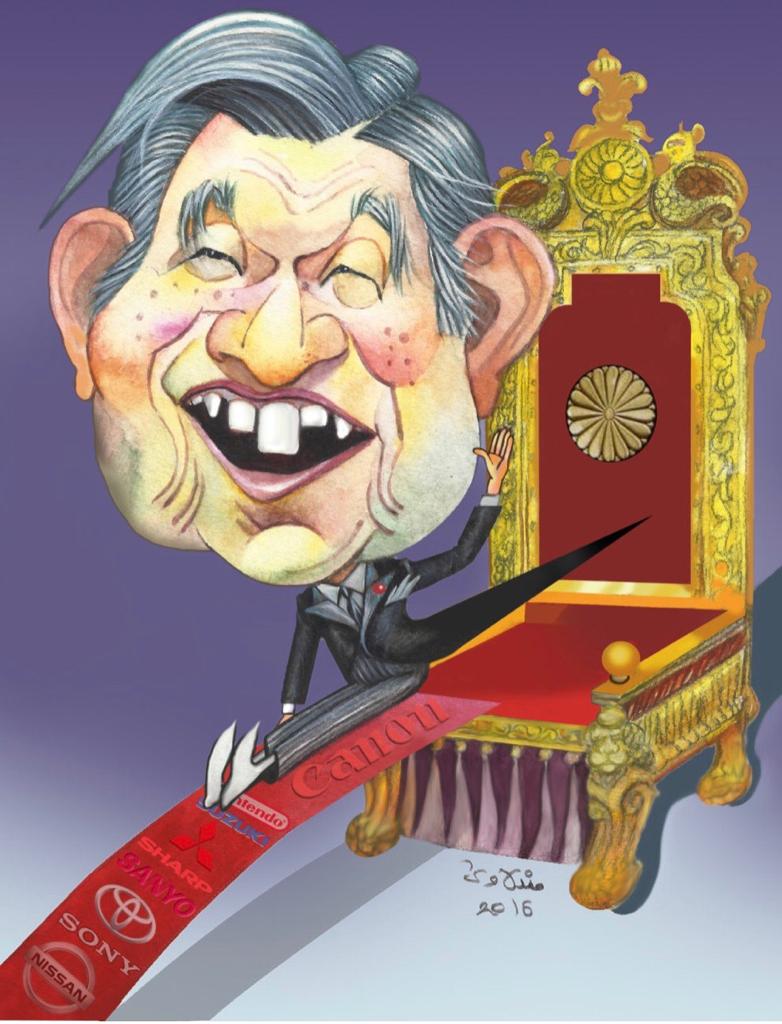
Early Life
Akihito was born on December 23, 1933, to Emperor Shōwa (Hirohito) and Empress Kōjun in the Tokyo Imperial Palace. Despite the fact that he was their fifth child, Akihito became the heir to the throne, since he was their first son and the laws of succession indicated that only a male can become Japan’s emperor.
World War II: A New Start for Japan and Akihito
During the Second World War, Akihito and his younger brother were evacuated out of Tokyo and were sent north to Nikko to escape American bombardment. After the war, the US briefly occupied Japan. During the occupation, Japan signed a new constitution which stripped the Emperor from most of his powers. Almost instantly, the Emperor lost his divinity and his father, Emperor Hirohito, attempted to change the image of the monarchy. Considering emulating Britain’s constitutional monarchy, Hirohito hired
Love at First Serve
One of the Crown Prince’s favorite pastimes was playing tennis, but on one fateful day, the court would become more than just an arena for competitive sport. In the summer of 1957, Akihito was at a tennis court in Karuizawa, Nagano where he met with a young woman named Michiko Shōda. Despite the fact that Michiko was a commoner, Akihito fell in love with her and they started dating. In addition to her status as a commoner, Michiko hailed from a Catholic background and as such, some traditionalists opposed the prospect of the crown prince marrying her. However, love would overcome these challenges as their engagement was approved in 1958 and they were married in 1959, thereby making Akihito the first crown prince to marry a commoner.
Emperor to the People
In 1989, Akihito’s father passed away and he subsequently ascended to the throne. As emperor and empress, Akihito and Michiko continued Hirohito’s legacy of bringing the throne closer to the people. To do that, they made frequent visits to Japanese cities and towns and met with the people living there. More importantly, they often visited victims of natural disasters. In 1991, a volcanic eruption happened in Nagasaki. Afterward, the Emperor and Empress visited the victims in plain clothes and knelt down to the victims, such actions were unprecedented and unheard of; however, the people and media of Japan loved it. They made a similar visit in 2011 after the earthquake and tsunami in Fukushima, and scenes of the royal couple’s softly speaking to the victims and comforting them became part of their lasting legacy.
Emperor of Reconciliation
Unlike Germany, Japan doesn’t view its atrocities during the war with the same attitude of remorse. Although Akihito was forbidden from making political statements, he often visited countries that fell victim to Imperial Japan’s wrath and carefully chose words that expressed regret for Japan’s actions during the war, many of said actions were done in his father’s name. For instance, he would often visit China and Indonesia and during one of his visits to the former he praised Chinese culture pointing out its influences on Japan’s culture. In 2015, during the 70th anniversary of the end of the Second World War, he made a speech in which he expressed Japan’s “deep self-criticism”.
Abdication of the Throne
In 2016, word got around that the Emperor had the intention to abdicate the throne, something that had not happened since 1817. Later that year, the Emperor made a televised appearance where he spoke of his old age and declining health which led more to believe that his abdication was imminent. In 2017, Japan’s National Diet (its legislature) issued a bill that would allow the emperor to give up his throne for his eldest son, Crown Prince Naruhito. Thus, after months of preparations, Akihito formally abdicated his throne on April 30, 2019, and Naruhito was crowned as the new Emperor of Japan. Now Naruhito has big shoes to fill as his father left a lasting legacy that will be remembered throughout Japanese history.






